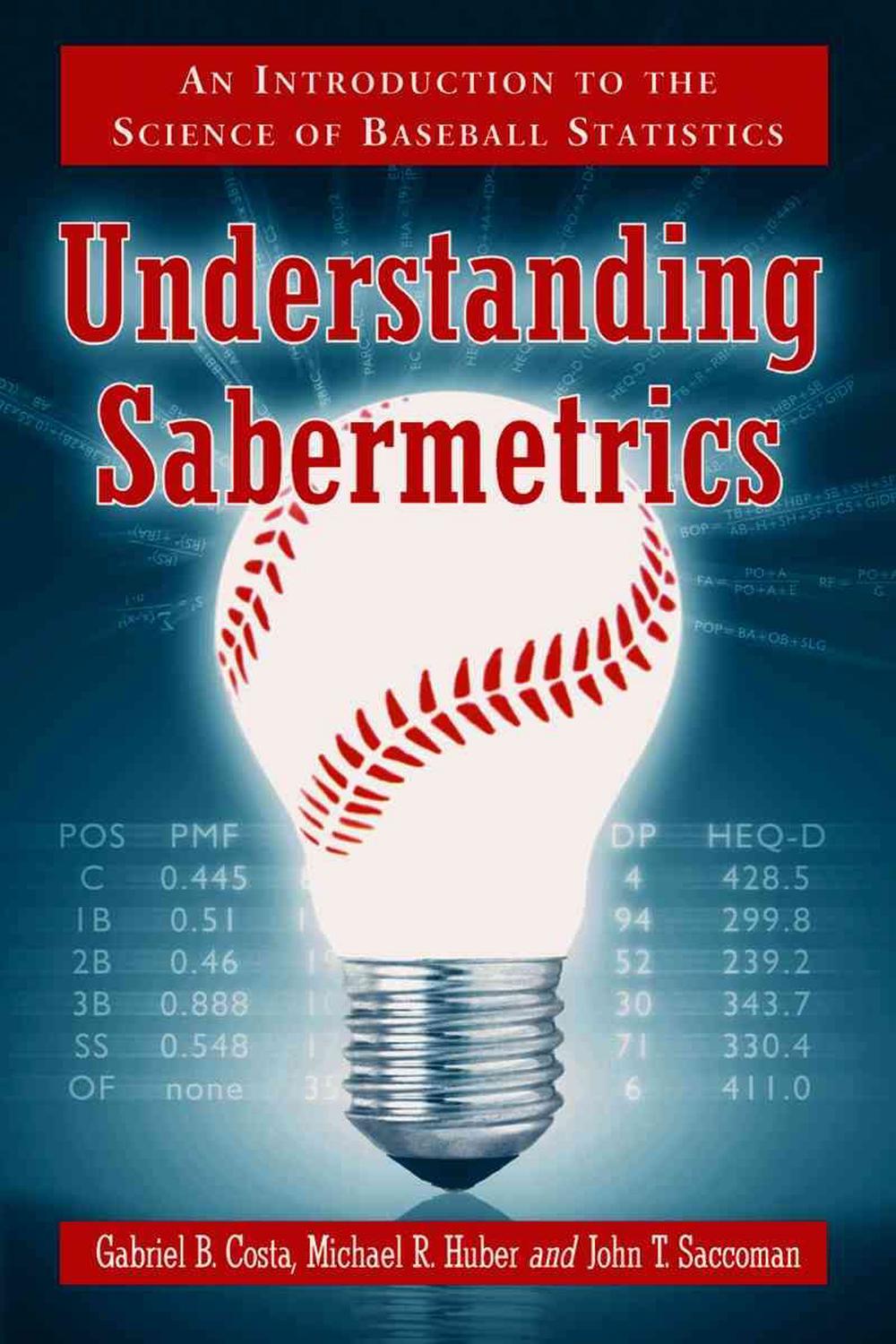How Sabermetrics Transformed Player Evaluation In Baseball

Baseball, often called America’s pastime, has evolved dramatically over the years. One of the most significant changes is the rise of sabermetrics, a data-driven approach to evaluating player performance. Billy Beane, a key figure in this revolution, showcased how statistics could reshape the game. This article explores how Beane's strategies and sabermetrics have transformed player evaluation, leading to smarter decisions and improved team performance.

The Role of Billy Beane in Sabermetrics
Billy Beane, the general manager of the Oakland Athletics, challenged traditional baseball wisdom in the early 2000s. He adopted sabermetrics to identify undervalued players and maximize his team’s potential, despite a limited budget. Beane’s approach emphasized statistics that went beyond traditional metrics like batting average.
For instance, instead of focusing solely on home runs, he prioritized on-base percentage (OBP) to find players who could get on base more often. This strategy was not just innovative; it was revolutionary. The success of the 2002 Oakland Athletics, often referred to as the "Moneyball" season, demonstrated that a smart, analytical approach could lead to remarkable outcomes, even against wealthier teams.

Key Metrics in Sabermetrics
Understanding sabermetrics involves diving into specific metrics that provide a comprehensive view of a player’s capabilities. Here are a few key metrics that highlight the impact of sabermetrics in baseball:
On-Base Percentage (OBP)
OBP measures how frequently a player reaches base per plate appearance. This metric is crucial because getting on base is the first step toward scoring runs. Beane’s emphasis on OBP helped the Athletics discover players who could contribute significantly to their offense.

Wins Above Replacement (WAR)
WAR estimates a player's overall contribution to their team in terms of wins. It combines offensive and defensive performance into a single statistic, making it a valuable tool for player evaluation. Teams can identify players who provide exceptional value compared to others.
Fielding Independent Pitching (FIP)
FIP focuses on the outcomes a pitcher can control, such as strikeouts, walks, and home runs allowed. This metric allows teams to evaluate pitchers without being swayed by team defense performance. A high FIP signals a pitcher’s potential for success, regardless of their win-loss record.
By leveraging these metrics, teams can make more informed decisions about trades, acquisitions, and player development.

Advantages of Using Sabermetrics
The use of sabermetrics offers several advantages for both teams and players. Here are some key benefits:
-
Data-Driven Decisions: Teams can base their strategies on solid data rather than intuition or tradition. This leads to better player acquisitions and game tactics.
-
Improved Performance Analysis: Coaches and analysts can pinpoint areas for improvement. For example, if a player struggles with swing mechanics, targeted adjustments can be made based on data.
-
Cost-Effective Strategies: Teams with smaller budgets, like the Athletics, can compete with wealthier franchises by identifying undervalued players through advanced statistics.
These advantages contribute to a more competitive balance in the league, making games more exciting for fans.

Case Studies of Sabermetrics in Action
Numerous teams have successfully implemented sabermetrics, showcasing its transformative power. Here are five notable examples:
-
Oakland Athletics (2002): The "Moneyball" season highlighted how Beane's approach led to a record 20-game winning streak, showcasing the effectiveness of data in building a competitive roster.
-
Boston Red Sox (2004): The Red Sox embraced sabermetrics and ended an 86-year championship drought. Their analytical approach to player evaluation played a crucial role in building a championship-caliber team.
-
Tampa Bay Rays: The Rays have consistently used sabermetrics to identify undervalued talent, leading to multiple playoff appearances despite a lower payroll compared to other franchises.
-
Chicago Cubs (2016): The Cubs employed advanced analytics to break their own championship curse. Their focus on data-driven strategies contributed to their success in winning the World Series after 108 years.
-
Houston Astros: The Astros utilized sabermetrics to rebuild their team, leading to a World Series championship in 2017. Their commitment to analytics has set a new standard in player evaluation.
These case studies illustrate that sabermetrics is not just a trend; it’s a fundamental shift in how teams evaluate talent and make strategic decisions.
Conclusion
The impact of sabermetrics, championed by figures like Billy Beane, has revolutionized how baseball teams evaluate players and strategize. By embracing a data-driven approach, teams can make informed decisions that enhance performance and competitive advantage. As the game continues to evolve, the principles of sabermetrics will undoubtedly play a crucial role in shaping the future of baseball.
For those interested in the intersection of analytics and sports, understanding billy beane sabermetrics is essential. Embracing this knowledge can deepen your appreciation for the game and its ever-evolving strategies.